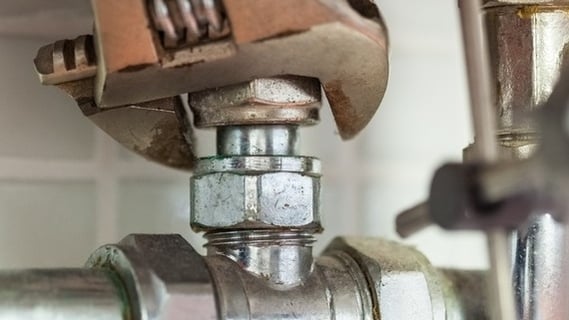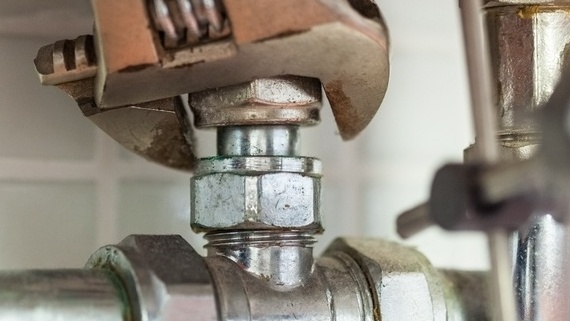
Following a legionella risk assessment, you may be alerted to the presence of dead legs or dead ends within your water system. These can lead to various hazards, including a legionella outbreak. In order to protect yourself, you should be familiar with what they are, the differences between them and the dangers they impose.
What are dead legs and dead ends?
In general terms, a dead leg and a dead end are the same: they are sections of pipework that are redundant or very infrequently used. As a result, water will stagnate within the pipe, leading to a build-up of organic matter like sludge and slime that in combination can encourage and release harmful contaminants into the water.
What is the difference between a dead leg and a dead end?
There is one key factor that differentiates the two: whether or not they are connected to another part of the water system.
Dead legs leads to other sections of the water system, for example another pipe, an outlet or a valve. This means that the cause is usually because a particular outlet is no longer being used.
In contrast, a dead end is a pipe that is completely closed off and does not lead to anything else. The water flow stops when it reaches the end and has nowhere else to go.
Are they dangerous?
The presence of dead legs and dead ends are incredibly dangerous. They increase the risk of deadly microbiological bacteria, like legionella, growing within the water system. Since the pipe is not being flushed, the following can occur:
- Stagnant water – water that isn’t being flushed will collect in the pipework at a temperature that is suitable for legionella to grow in
- Sludge and slime – over time, organic particles leave a residue on the inside of pipes
- Corrosion – irregularly used pipework are more likely to suffer corrosion, especially if organic matter and stagnant water is present
All of these factors work together to create a kind of domino effect. The stagnant water leads to a build-up of organic material which then, together with corrosion, gives legionella the nutrients it needs to grow at an increased rate.
How do you stop them?
The best way for prevention is by simply monitoring the water system for usage and carrying out regular flushes. If a particular bathroom, for example, is not currently in use then someone should run the outlets once a day or weekly depending on the level of risk. This will keep water flowing through the pipework and prevent stagnation from taking hold.
To remedy a dead leg or dead end that has already developed in the system, a complete removal of the pipe may be necessary, which will eliminate all potential hazards. An alternative solution for a dead end is to add an additional pipe that will prevent stagnation by allowing water to flow through.
It should be noted that all buildings, and subsequently their water systems, will differ. The only way to know the risks present is by carrying out a legionella risk assessment.
This is a general overview of dead legs and dead ends, and only one of the many factors that can pre-dispose harmful bacteria to develop in your water system. For a more comprehensive understanding of how to identify and treat them, contact one of our water treatment experts, or download our guide below for further understanding of legionella compliance.






